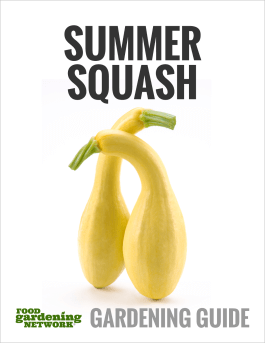
So you grew those little trumpets of green and yellow! Congrats! It took all summer, but you did it! Now, do you have any idea what to do with summer squash?
Summer squash comes in a variety of types, from zucchini, to crookneck, straight-neck, and scallop. So it’s easy to get a bit excited and over-plant it, and summer squash isn’t exactly the most preservable fruit in the garden. It’s not eggplant or anything, but it’s not going to last a winter in your basement like potatoes either. To top it off, unless you have squash vine borers in your hood, you’re likely to end up with a whole lot of summer squash if you’ve planted it because most varieties produce a bundle.
So, what to do? The running joke is that anyone who plants summer squash probably gives a lot of it away to neighbors, friends, and anyone who will take it. The problem is that so many more people are gardening these days that there are fewer people to give it away to! Over the years, our team has come up with quite a few ideas for what to do with summer squash:
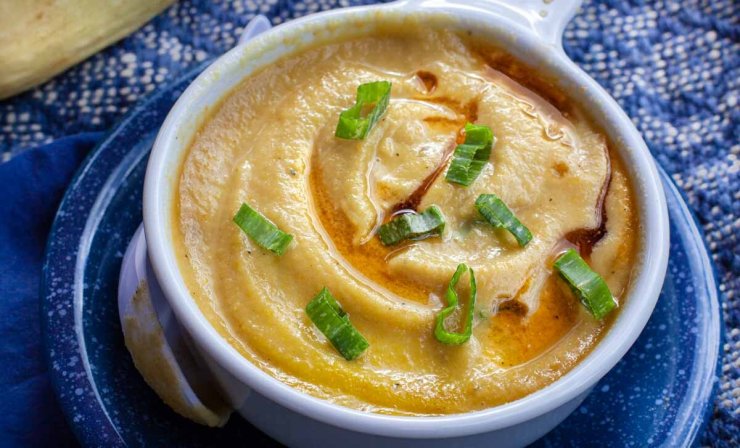
Cook Summer Squash Soup
When you think of a squash-based soup, you likely think of sweet, buttery butternut squash, but you’ll be surprised at the similarity in flavor when you try Summer Squash Soup, which is sweetened with real maple syrup. Plus, we use chopped apples at the bottom of each bowl, and when you scoop them up onto your spoon, they add a delightfully tart twist that really makes this dish take off!
This recipe calls for a large spring onion, but if you only have a regular onion, that’s totally fine. Most people don’t consume the greens on a spring onion the way they often do on a green onion/scallions, but I think the taste and snap of them are quite delicious in this recipe. Plus, they can be harvested around the same time as yellow squash if you’re growing them.
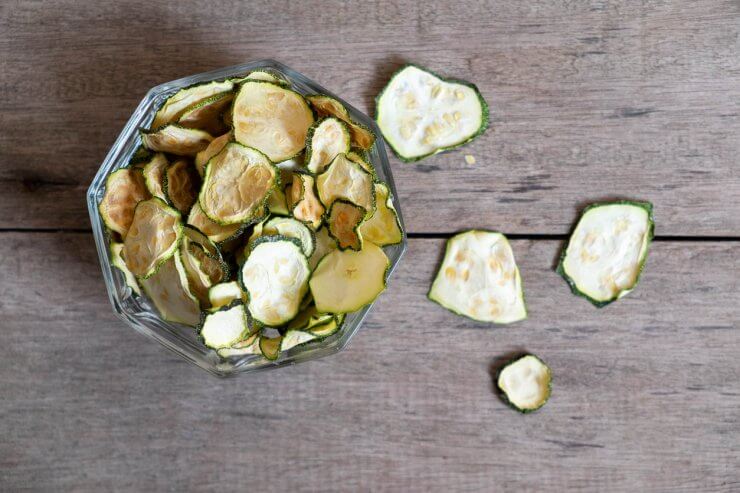
Make Summer Squash Chips
Dehydrate summer squash for two reasons: enjoy them as chips, or you can store them and rehydrate them in pasta dishes by tossing them into boiling water along with your pasta. This works with soups and stews as well. The dehydration process is pretty simple:
- Wash, trim, and cut zucchini or summer squash. Quarter-inch slices work best, though you can also grate zucchini depending on how you plan on using it later.
- Season, if desired, then arrange slices on dehydrator trays, trying not to overlap them. Follow your dehydrator’s instructions.
- If using an oven, arrange slices on a parchment paper-lined baking sheet. Set oven to lowest temperature (usually 150 degrees F), leaving the door slightly open. Let dry in the oven for two to five hours or until zucchini is brittle.
Once dried, you can season your dehydrated zucchini a little more with salt, pepper, and other spices for a delicious snack. Or seal them plain in an air-tight container. If stored properly, dried zucchini and summer squash can be stored for up to a year.
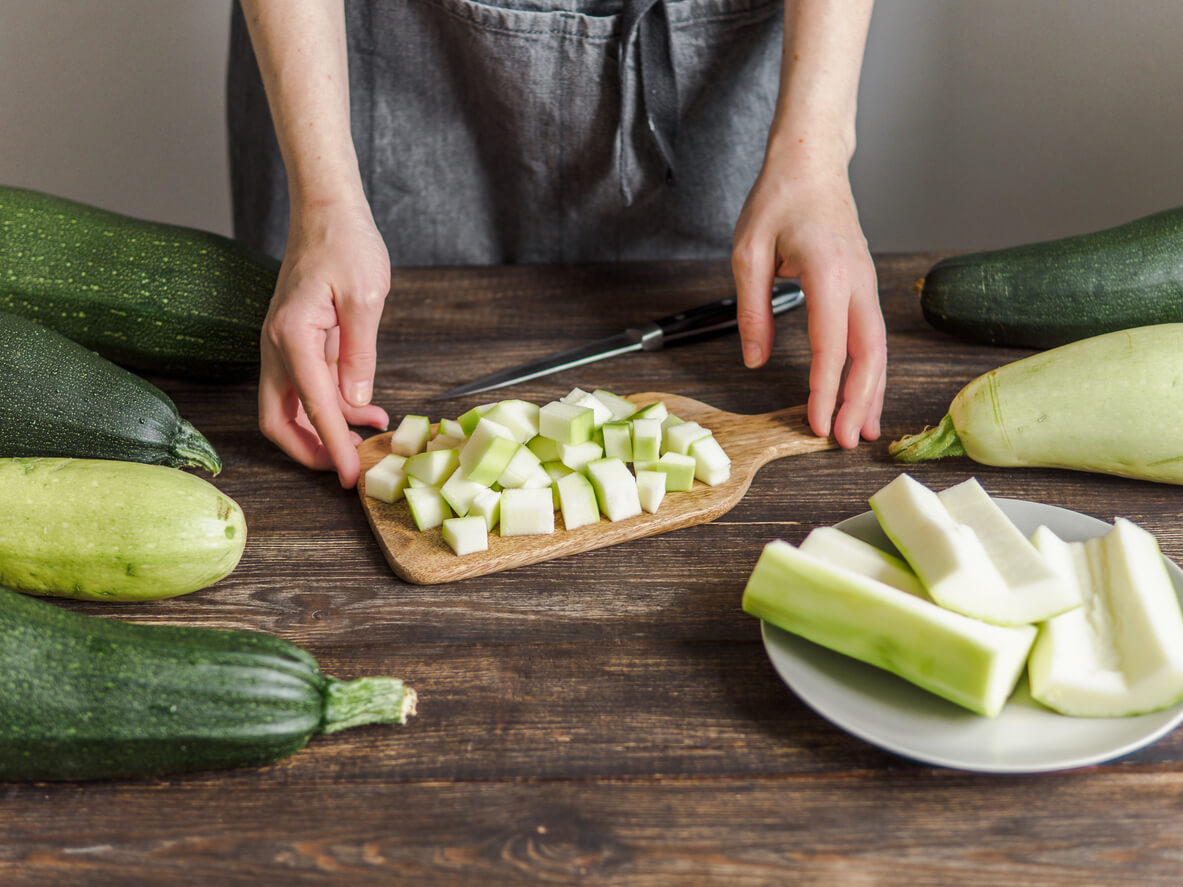
Freeze Summer Squash
Freezing is your best bet, though it can come with the consequences of losing its texture when it’s not done right. My favorite way to freeze zucchini and summer squash is to follow these simple instructions:
- Cut squash into half-inch slices and blanch them in salted boiling water for about a minute. Blanching stops enzyme activity, which is the stuff that causes texture changes and a loss of nutrients.
- Drain them in a colander and dunk them in an ice bath to stop the cooking process.
- Drain them again and lay them in a single layer on a baking tray.
- Freeze them for 30 minutes then transfer them to a freezer-safe bag or container. (This flash freezing technique prevents them from clumping together.)
Frozen zucchini and summer squash will last about a year in your freezer.
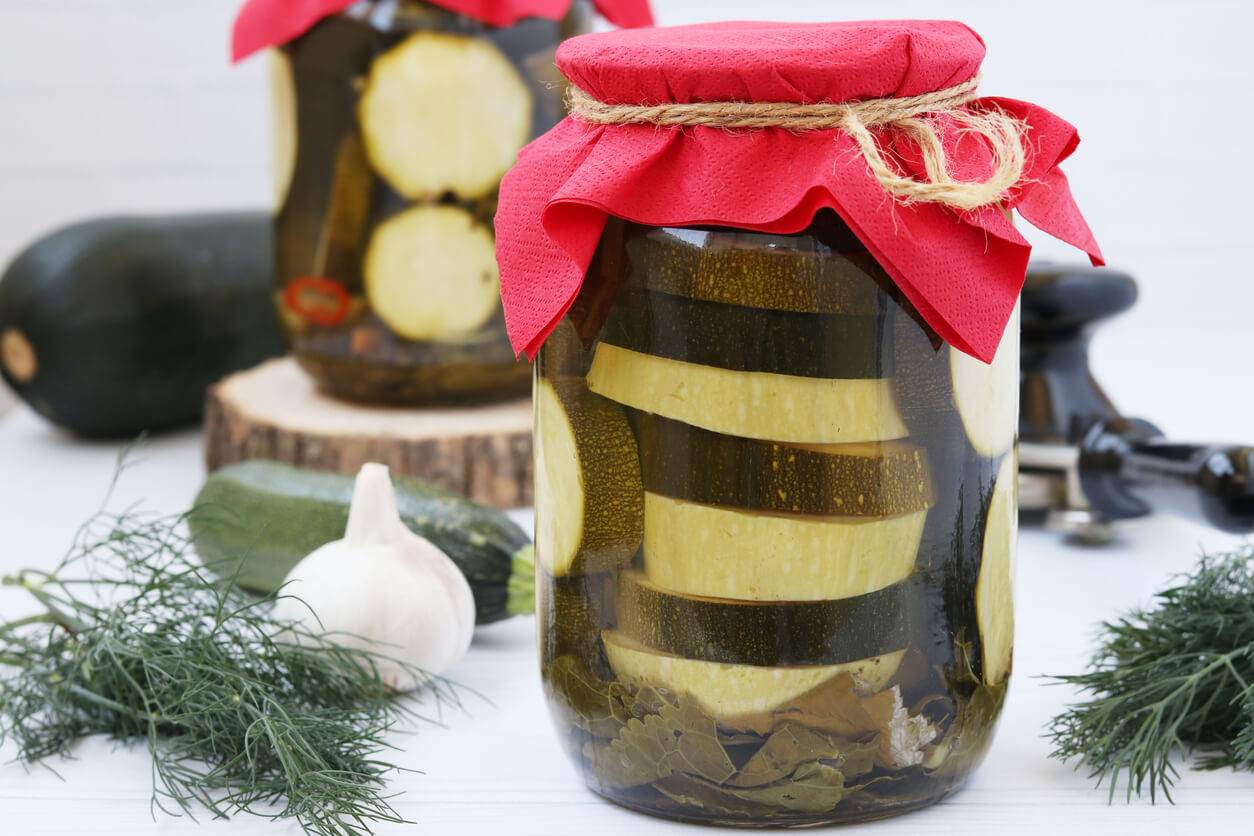
Can Summer Squash
Canned zucchini and summer squash are great for purees, baby food, and soups. But the texture doesn’t maintain as well as freezing and other methods. Because zucchini and summer squash are low-acid vegetables, pressure canning is the safe method to choose. Be sure to follow your pressure canner’s instructions, but the basic process is this:
- Scrub your zucchini clean.
- Bring a large pot of water to a boil.
- Cut the ends off the zucchini and cut the squash into your desired shape (slices, spears, or even spiralized).
- Place cut pieces into canning jars, being sure not to jam them in. You want to make sure hot water will circulate. Leave about an inch of headspace.
- Pour boiling water over the squash, maintaining the one-inch headspace. Tap jar gently to remove any air bubbles.
- Seal the lids and process them according to your pressure canner’s instructions.
Canned zucchini and summer squash will keep for several months on the shelf, but keep an eye out for signs of mold or discoloration.
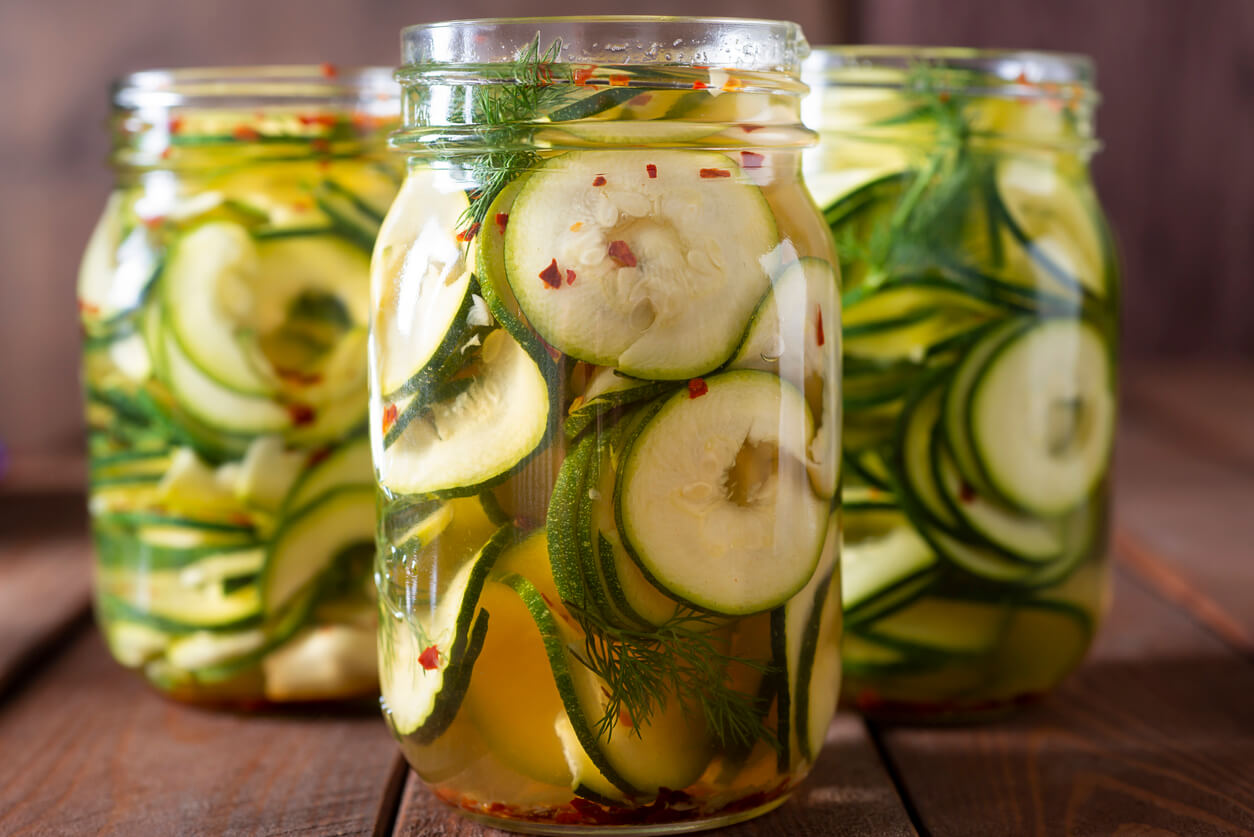
Pickle Summer Squash
If you really don’t know what to do with summer squash, my favorite way to preserve them is to pickle them just like I would cucumbers. There are two pickling methods: the quick-pickling method and the standard pickling method. Quick pickles are easy upfront but only last about two weeks in the refrigerator. This is great if you’re just looking to extend the squash life for a little while.
To preserve zucchini pickles longer, I recommend the standard pickling process, which involves covering sliced or speared zucchini with a vinegar-based pickling liquid and using a water bath canning method. Each pickling recipe is a little different, so I definitely recommend finding one that fits your flavor preferences. Because you’re using an acidic additive like vinegar, the water bath method is a safe way to pickle and preserve zucchini. Using this method will preserve your summer squash for about a year.
Watch our video on How to Pickle Three Ways for recipes that cover quick pickles and your more standard pickles.
Summer squash is full of nutrients like vitamin A and C, along with manganese, folate, magnesium, potassium, and fiber. Most of the nutrients are in the rind of summer squash, so it’s ideal to keep the skin on when cooking. Most people don’t know that an added nutritional benefit is the anti-inflammatory effects of the seeds, which contain omega-3 fatty acids. If you’d like to start growing your own, check out our Summer Squash Gardening Guide.
What else do you like to do with summer squash? Leave a comment and let us know.


 Previous
Previous


Love making cream of zucchini soup. Great way to use up frozen grated zucchini.